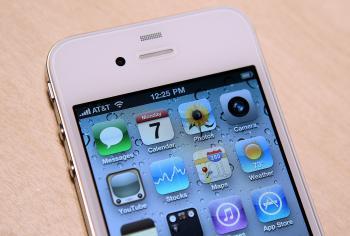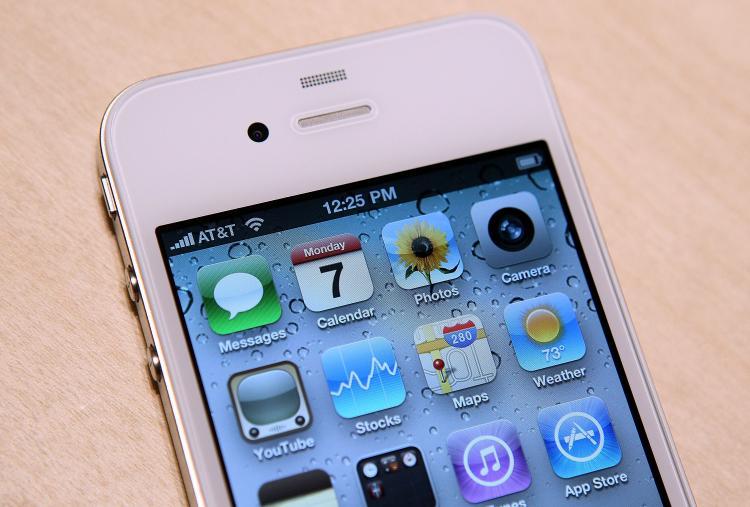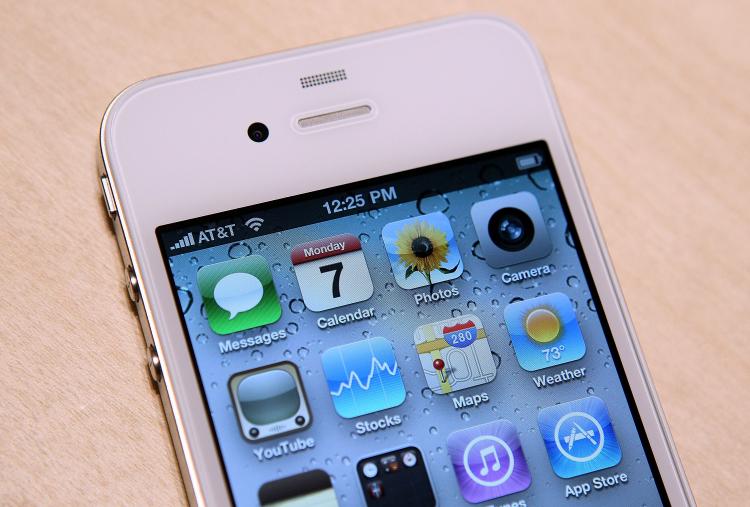Four University of Massachusetts (UMass) Amherst researchers created a new iPhone app that allows users to upload photos and locations of wildlife affected by the recent Gulf oil spill.
The new app is called MoGO, which stands for Mobile Gulf Observatory. Researchers developed the app to encourage Americans to become “citizen scientists” and assist in the wildlife rescue effort, according to a press release issued by UMass Amherst.
Because there is a limited number of trained rescue staff and the affected Gulf coastline covers 14,000 miles, the task to save the affected animals is simply too formidable, the researchers say. They are calling on ordinary citizens to take part in the action.
UMass wildlife biologist Curt Griffin said, “The new app allows anyone who finds an oiled animal to be linked automatically by the phone to the Wildlife Hotline and also to contribute photos of the stranded animal and its GPS location coordinates to a database here on campus.”
The idea started with the associate director of the university’s National Center for Digital Government, Charlie Schweik. As he was already working on “invasive species mapping” with Deepak Ganesan, an expert on mobile phone and sensor systems, he thought creating an iPhone app to assess the damage in the Gulf region would be a good idea as well.
Ganesan was able to help create the iPhone app in a short amount of time because of a new software he developed called “mCrowd.”
The database will be open to the public so other scientists can help “assess the ecological impacts of the spill on the Gulf,” said Andy Danylchuk, a fisheries ecologist.
This iPhone app is part of a type of technology known as “mobile crowdsourcing,” which makes use of personal handheld devices to “provide thousands of eyes and ears on the ground,” said UMass Amherst.
To download the free iPhone app, go to www.savegulfwildlife.org.
The new app is called MoGO, which stands for Mobile Gulf Observatory. Researchers developed the app to encourage Americans to become “citizen scientists” and assist in the wildlife rescue effort, according to a press release issued by UMass Amherst.
Because there is a limited number of trained rescue staff and the affected Gulf coastline covers 14,000 miles, the task to save the affected animals is simply too formidable, the researchers say. They are calling on ordinary citizens to take part in the action.
UMass wildlife biologist Curt Griffin said, “The new app allows anyone who finds an oiled animal to be linked automatically by the phone to the Wildlife Hotline and also to contribute photos of the stranded animal and its GPS location coordinates to a database here on campus.”
The idea started with the associate director of the university’s National Center for Digital Government, Charlie Schweik. As he was already working on “invasive species mapping” with Deepak Ganesan, an expert on mobile phone and sensor systems, he thought creating an iPhone app to assess the damage in the Gulf region would be a good idea as well.
Ganesan was able to help create the iPhone app in a short amount of time because of a new software he developed called “mCrowd.”
The database will be open to the public so other scientists can help “assess the ecological impacts of the spill on the Gulf,” said Andy Danylchuk, a fisheries ecologist.
This iPhone app is part of a type of technology known as “mobile crowdsourcing,” which makes use of personal handheld devices to “provide thousands of eyes and ears on the ground,” said UMass Amherst.
To download the free iPhone app, go to www.savegulfwildlife.org.







